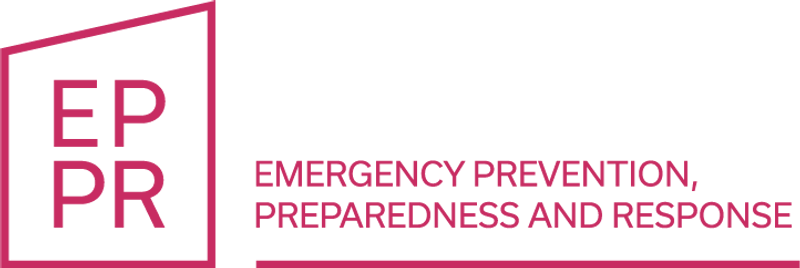Guideline for Arctic Marine Risk Assessment
Objective
The Guideline contains best practice methods and data sources for conducting regional and area-wide risk assessments concerned with ship traffic and operations in Arctic.
The Guideline aims to:
- Engage Arctic stakeholders to agree on best practice methodology and data sources, and make these readily available.
- Better understand, communicate and incorporate specific arctic risk influencing factors (ARIFs) into the risk assessment process.
Users
Intended users of the Guideline are stakeholders involved with, or responsible for, optimization of risk management strategies concerning prevention and preparedness for loss of life and acute environmental damage in the Arctic region, e.g.:
- Governments and administrations, that have authority to implement prevention and preparedness measures.
- Inter-governmental Organizations (IGOs) and Non-governmental Organization (NGOs).
- Consultants.
Although the Guideline is not intended for voyage planning purposes, ship owners and operators may use elements of the Guideline to obtain information about Arctic risk factors and data sources.
Application
The Guideline targets methods and data sources used for Marine Risk Assessments (also referred to as Navigational-, Shipping- or Ship Traffic Risk Assessment) and Oil Spill/ environmental risk assessment:
- Marine Risk Assessment evaluates marine hazards such as; e.g. ship grounding, collision, contact, fire/explosion and foundering. Risk is assessed by first predicting the likelihood or frequency of hazardous events and then the potential severity of the consequence for people and the environment.
- The objective of Environmental Risk Assessment is to assess the potential ecological and sometimes socio-economic consequences of spills by considering the sensitivity of different types of environments to spill-related damage. The approach includes mapping of sensitive areas and periods of the year, and a vulnerability assessment for different spill types. Sometimes, the approach includes spill modelling in order to account for the fate and trajectory of potential spills.
Risk Assessment process
This Guideline applies the risk management process as defined in ISO 31000:2018. The Guideline uses the six steps of risk management process with some customization to fit the objective of capturing the arctic risk influencing factors.














